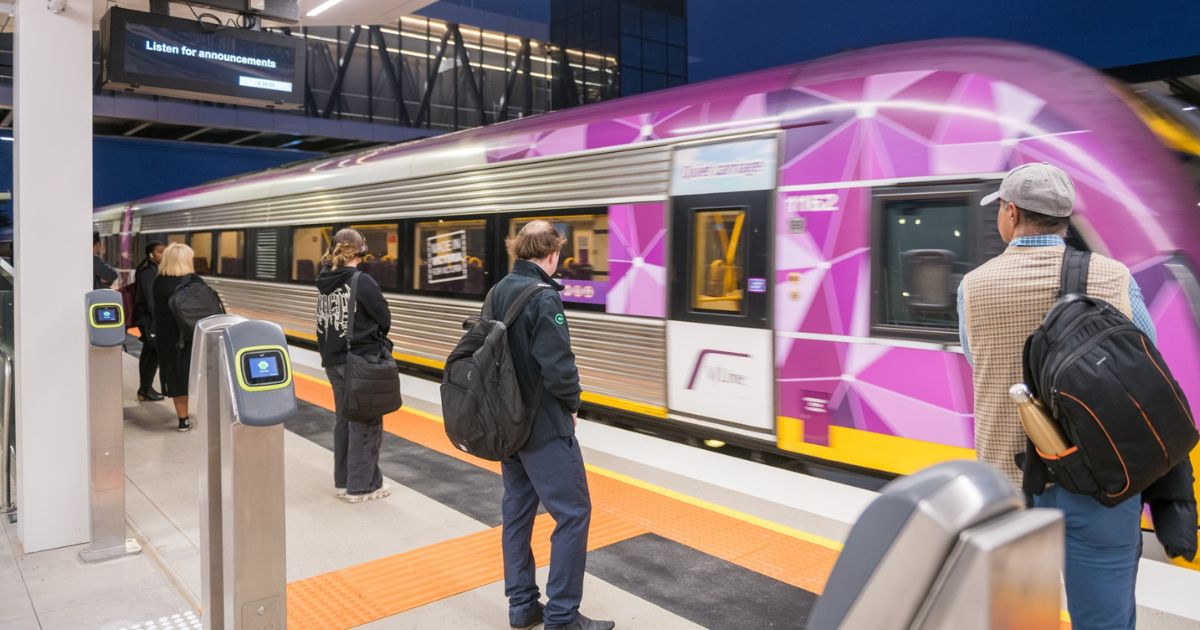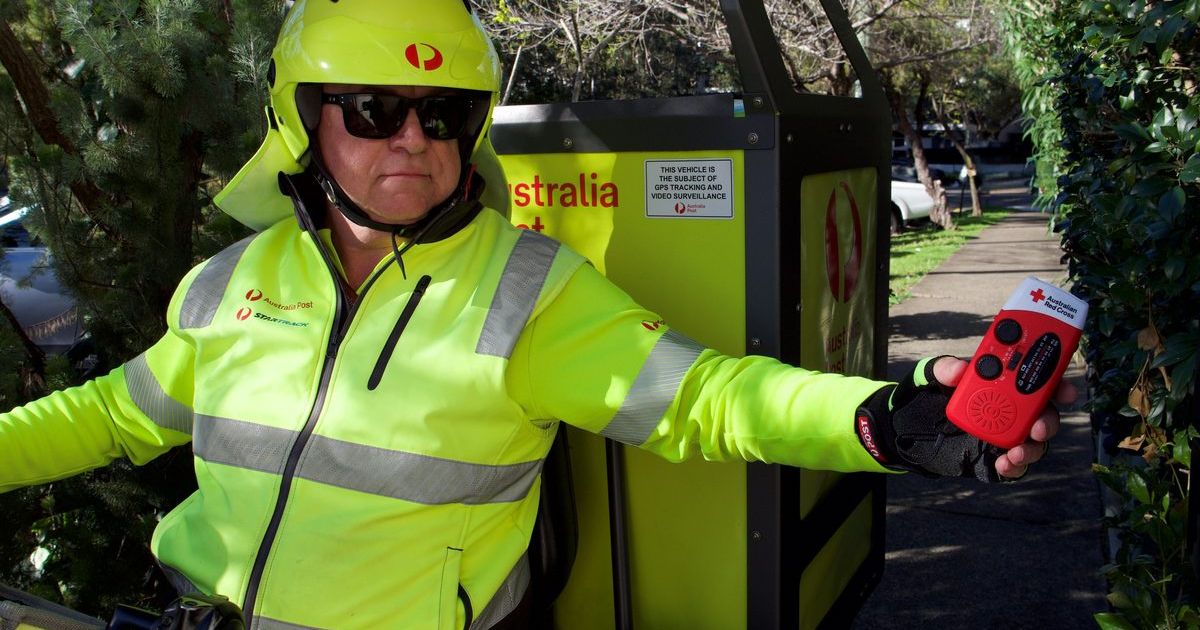Last train to Heathcote

Roll up: Heathcote Station 1906 where the town enjoyed regular rail services for almost 80 years. Photos: FILE
Golden age of rail
THE Melbourne and Hobson’s Bay Railway Company launched Australia’s first passenger railway in September 1854 with a four-kilometre track running from Flinders Street Station to Sandridge, now known as Port Melbourne.
Sydney was not far behind, with the Paramatta Line opening a year later.
Australians were quick to recognise the advantages of this new form of transport and a multitude of railway companies sprang up across the country.
By the 1870s Heathcote residents were also agitating for rail links to Melbourne and Bendigo.
At least 16 local railway leagues were formed between 1875 and 1890, with each of them representing a specific area of the district.
Partisan opinions promoted a range of routes including Lancefield-Glenhope-Redsdale-Heathcote, Heathcote-Costerfield-Seymour and Redesdale to Strathfieldsaye.
Accusations of self-interest and interference, invariably followed by strenuous denials, made their appearances in the pages of the McIvor Times.
Costerfield residents notably aired their grievances at a public “Indignation Meeting” in late April 1882.
The route finally chosen was Bendigo-Heathcote-Kilmore-Wandong with separate contracts for the construction of each of the three sectors.
Construction engineer Andrew O’Keefe won the tender for Sandhurst/Bendigo to Heathcote section, and the O’Keefe Rail Trail is named in his honour.
Mr O’Keefe supervised the construction of 50 bridges, including the Campaspe viaduct which was more than 60 meters long and towered 10 to 12 meters above the river bed, as well as about 45 kilometres of track.
This section was officially opened on 1 October 1888, with the first train departing Heathcote at 9.48am.
The McIvor Times recorded the momentous occasion.
“A number of people, including several ladies assembled on the platform of the Heathcote station,” the newspaper read.
“The engine being decorated with flowers, the thoughtful work of Mrs James Christie, at which the officials connected with the train were much pleased, the driver especially so, who was delighted at his engine being flowered.
“Several residents took their seats in the train, many of whom returned by the express at 1.10pm in time for the banquet at the Heathcote Hotel.
“A large number of people assembled at the station to see the arrival of the express.”
The complete route was in operation by the early 1890s.

Last train to Heathcote
By the middle of the 20th century Australia’s love affair with trains was declining as car ownership increased.
The Heathcote-Bendigo passenger service ceased in 1942, with the line closing in 1958.
While on the Kilmore/Heathcote Junction section, driver Bill Clugston took the rail motor on its last official timetabled journey on 26 June 1965.
The event made the front page of the McIvor Times.
“The train made its return trip to Heathcote in the afternoon, then on Monday morning it was taken back to its depot,” the newspaper read.
“From henceforth and forever, Heathcote is to be without a rail passenger service. Our pride should certainly be humbled, but there have been no signs of tears — so it is another case of ‘Who cares!’’’
Bill’s son David Clugston watched his father leave Heathcote Station.
“My vivid memory of it was standing at the fence line of the Heathcote Higher Elementary School with dad in his blue and yellow one-carriage rail motor driving down the line towards Wallan,” he said.
“As a kid I thought my world was coming to an end, having to move to Melbourne.
“It was pretty sad and my recollection is that Heathcote felt it was in a bit of a decline at the time, being severed from the railways.”
Mr Clugston said his father loved the railways and was disappointed by these changes.
“Back then he used to spend a lot of time putting wool bales onto the freight carriages as another form of income when he was at Heathcote,” he said.
“He loved that and I think mum and dad truly loved the lifestyle, they were really interwoven into the community.
“All that was changing and Melbourne, even though it was different to how it is today, was a big daunting place.”
The McIvor Times reported that passenger numbers on the Wallan- Kilmore-Heathcote line had been decreasing for several years.
“In a statement on the stopping of the service, the Minister of Transport, Mr ER Meagher, said the passenger traffic on the line had steadily diminished in recent years to a stage where it was uneconomic,” the newspaper read.
“Mr Meagher added that the daily passenger traffic on the rail motor varied, but had been as low as three on a trip. Most passengers travelled to and from Kilmore, over the first nine miles of the branch line.
“From Kilmore to the other stations the loading had been between six and eight passengers, with the average arriving at Heathcote only two or three.”
Freight services were expected to continue on a trial basis for a year.
‘‘A railways commercial agent would shortly tour the districts served by the line in an attempt to boost freight traffic,” the McIvor Times read.
“The President of the McIvor Shire, Cr Newton, had offered to personally accompany him,’’
However, there was little uptake for this and the line was demolished in late 1968.
In November 1968 a commemorative steam train made one last run up to Heathcote.


















